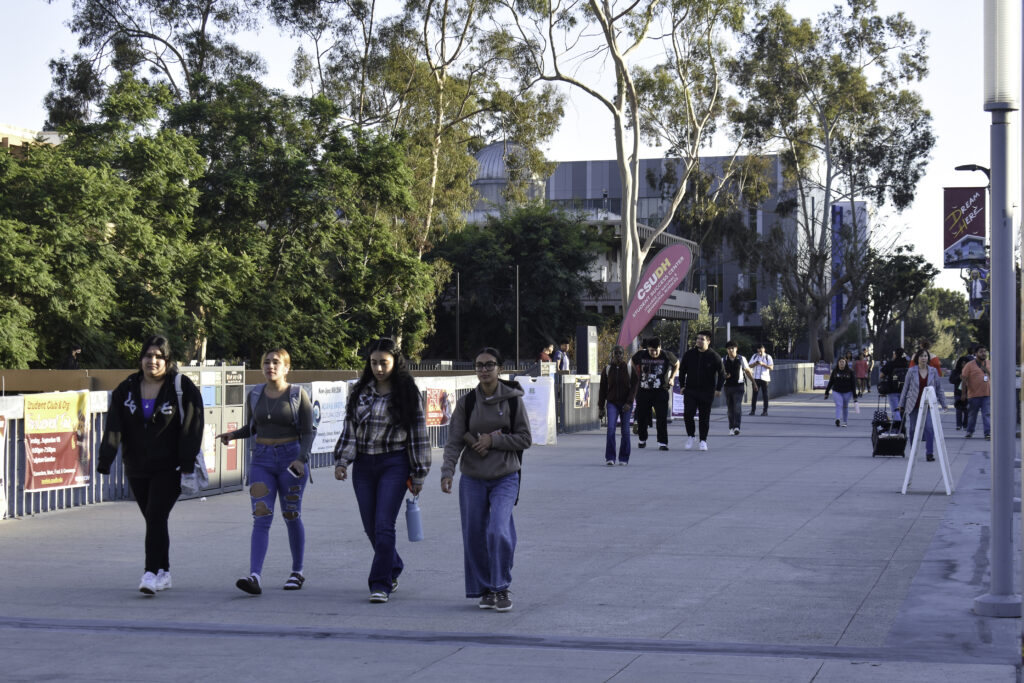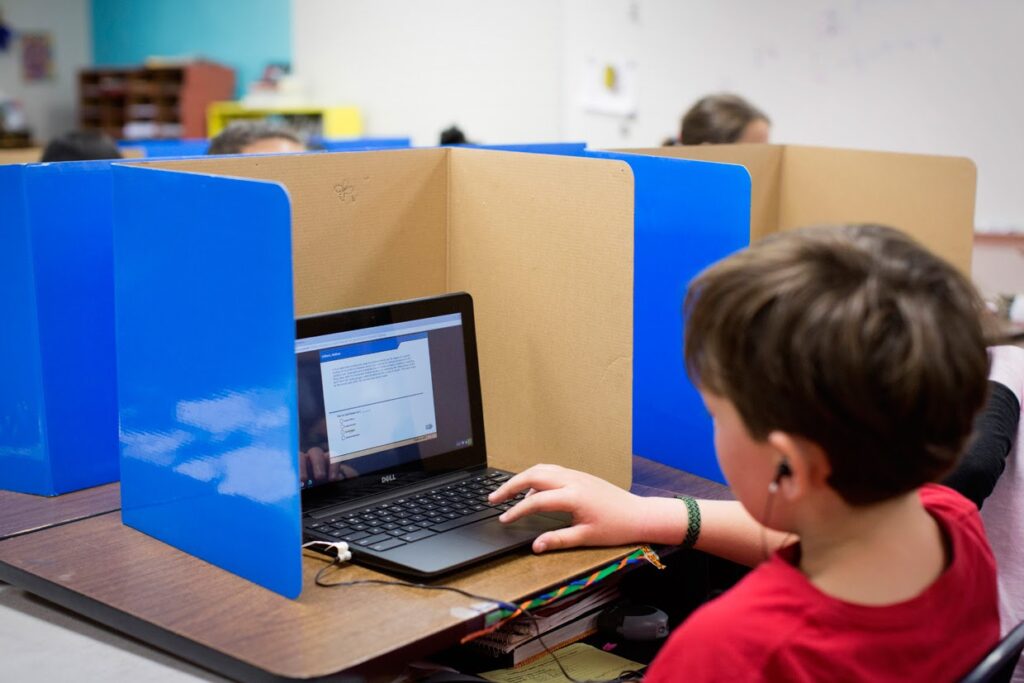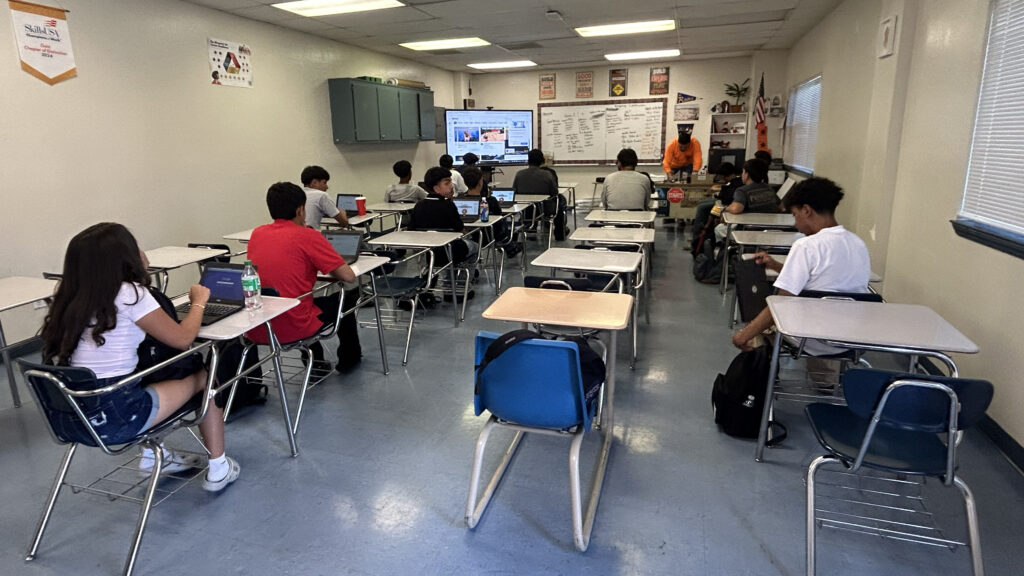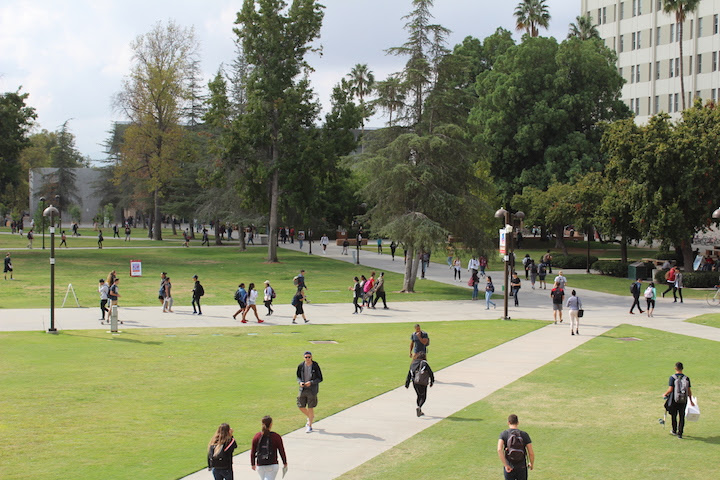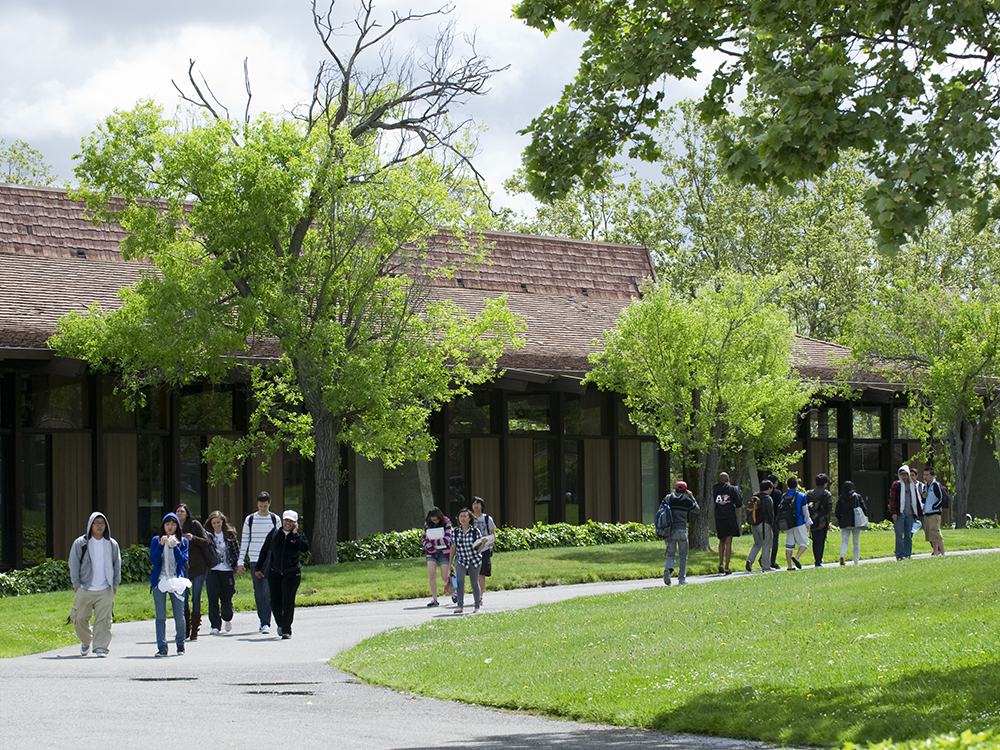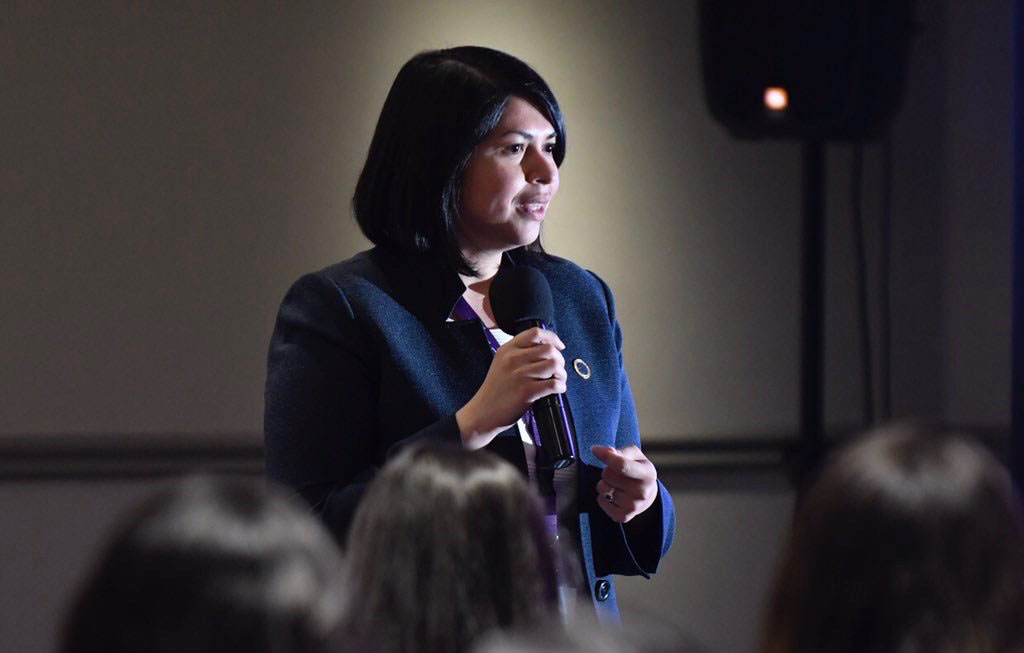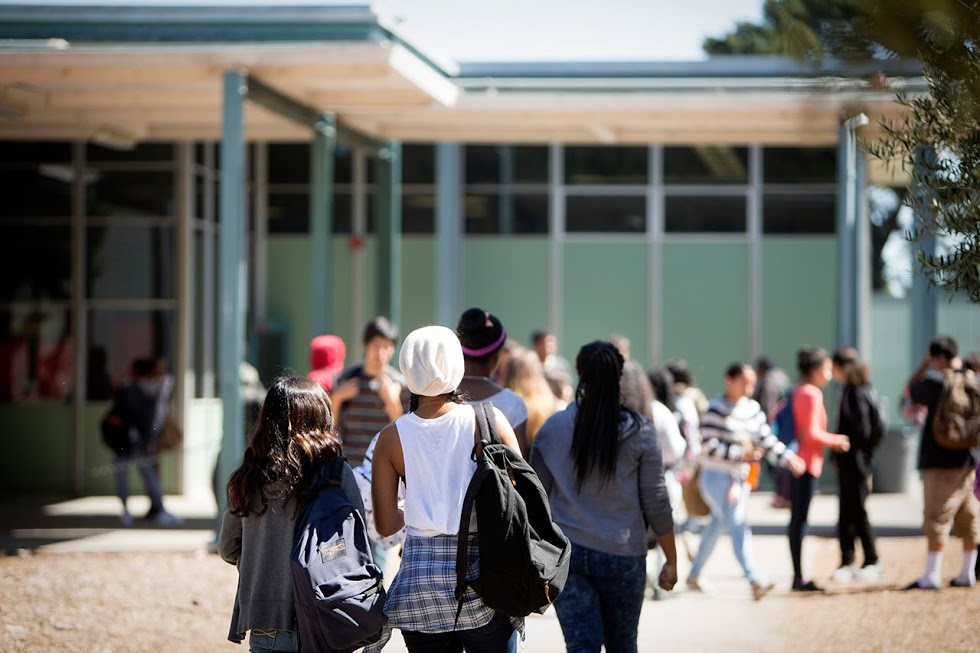
California State University, Dominguez Hills in Carson.
Credit: Stephinie Phan / EdSource
To better help students access and complete college, California should consider a major — and highly controversial — overhaul of its Master Plan for Higher Education that merges the state’s three public higher education systems into one mega-university, researchers argued Monday.
The bold proposal, detailed in a report from California Competes, a nonprofit research organization, suggests that the 10-campus University of California, the 23-campus California State University, and the state’s system of 116 community colleges be combined into a single California University that could accommodate a wide array of degree- and certificate-seeking students.
Su Jin Jez, author of the report and CEO of California Competes, said merging the systems would eliminate transfer problems and make it easier for students to enter, succeed, and finish college, among other benefits.
“This proposal is intentionally provocative,” Jez said during a webinar Monday. “It’s designed to challenge existing paradigms and spark transformative discourse.” The original version of the report was released in December, but an updated version was published Monday when California Competes also hosted a webinar promoting the report.
Jez acknowledged that it might never come to be. The proposal would likely face challenges from the systems themselves, along with many stakeholders such as unions, faculties, legislators and alumni.
Other experts, reached by EdSource, questioned the proposal’s political feasibility, and one criticized the idea, saying it would not be possible to combine such large and complex institutions.
Jez argued that the original master plan, adopted in 1960, is outdated in part because of the rising costs of college and the changing racial and gender demographics of the state’s college students. Whereas the majority of students were white in 1960, Latinos now make up a majority of college-age individuals in California and a plurality of college students. Women also account for a majority of students in California colleges, a major change since 1960, when male students were the significant majority.
The original master plan said UC was to focus on research and enroll the top academically achieving eighth of high school graduates, while California State University was to consist mostly of undergraduate programs and serve the top third of high school graduates. The state’s community colleges were to offer open-access undergraduate classes, associate degrees for transfer, and vocational training. Those lines have since been blurred to some degree: CSU now offers some doctoral programs, and dozens of community colleges offer at least one bachelor’s degree. But over much of its time, that master plan arrangement was often hailed as a great strength for the state, helping during explosive population growth and supporting key scientific research.
Under the proposed California University, the three segments would be merged into a network of regional campuses — such as California University, San Joaquin Valley, and California University, Los Angeles.
Each regional campus, which would be made up of one or several existing campuses, would offer a full range of programs and degrees, from certificates to doctorates. The LA campus, for example, would likely include the existing UCLA campus as well as the five CSU and many community college campuses in the county. It’s unclear how many regions would be included.
There would be no admission requirements, and transfers would be completely eliminated, as students would be able to move seamlessly through their chosen regional campus.
It would be highly challenging politically to merge the systems, which the report acknowledges. The co-directors of the Civil Rights Project at UCLA, which commissioned the report, urged Jez to “think boldly” in looking for a revised master plan, rather than come up with an immediately pragmatic solution, according to the report’s foreword.
Jez said during Monday’s webinar that she believes there is a “hunger for a new vision for higher ed in our state” and noted that higher education leaders have previously urged changes to the master plan.
Eloy Ortiz Oakley, the former chancellor of the state’s community college system, said in an interview that he agrees with the premise that the master plan is outdated and that he supports some of the report’s ideas, such as creating better coordination between the systems. But he rejected the idea of a single university.
“I could not and would not support it,” said Oakley, who is now CEO of the College Futures Foundation. “There is just no way in my mind that you could form one comprehensive governance entity, given the size and the scope of the three public university systems.”
Hans Johnson, a senior fellow at the PPIC Higher Education Center, previously called for modifications to the master plan in a 2010 report he wrote. He suggested at the time that, by 2025, the master plan be updated by setting explicit goals for improving eligibility, completion and transfer rates.
In a recent interview, Johnson said the state has made progress in increasing eligibility for UC and CSU and improving completion rates. He pointed to California residents’ enrollment being up significantly at both systems and noted graduation rates have improved greatly at CSU, particularly four-year rates.
Progress is still needed, though, in transferring more students to UC and CSU, he said. A state audit published last year found that, among students who began college between 2017 and 2019 and intended to transfer, only about 1 in 5 did so within four years. One thing that will be required, he said, is better coordination between the community college system, CSU and UC.
“You could argue that the way to do that is to have one big system, and I think that’s a valid argument,” he said, referring to the California Competes proposal. “Politically, I don’t know how realistic it is.”
The first step to better coordination could be some kind of coordinating council or board — similar to the California Postsecondary Education Commission, which was eliminated in 2011. Proponents say it would benefit the systems to be able to share data and information about their students and use that to strengthen transfers.
Gov. Gavin Newsom’s January budget proposal included $5 million in annual funding to “establish a state planning and coordinating body for TK-12 education, higher education, and state economic and labor agencies,” though his revised budget released last week did not include that proposal.
“Despite the very large state expenditure on colleges, universities and programs, the state is operating without any institutional body that coordinates these systems or even provides basic data that would be essential for the rational management, maximum efficiency and coordination of the system,” the California Competes report states, adding that creating such a board is “particularly urgent and doable.”
Other proposals in the report may be less doable, Jez said Monday, adding that her proposal should be seen as a “vision,” even if making it happen would be “really tough.”
“Our higher ed system is the best in the world, and I want us to stay there,” she said. “And I think that this is a moment that we can accelerate and ask, how do we stay on the vanguard? How do we continue to be the ones that are creating new models that the rest of the world will follow?”
